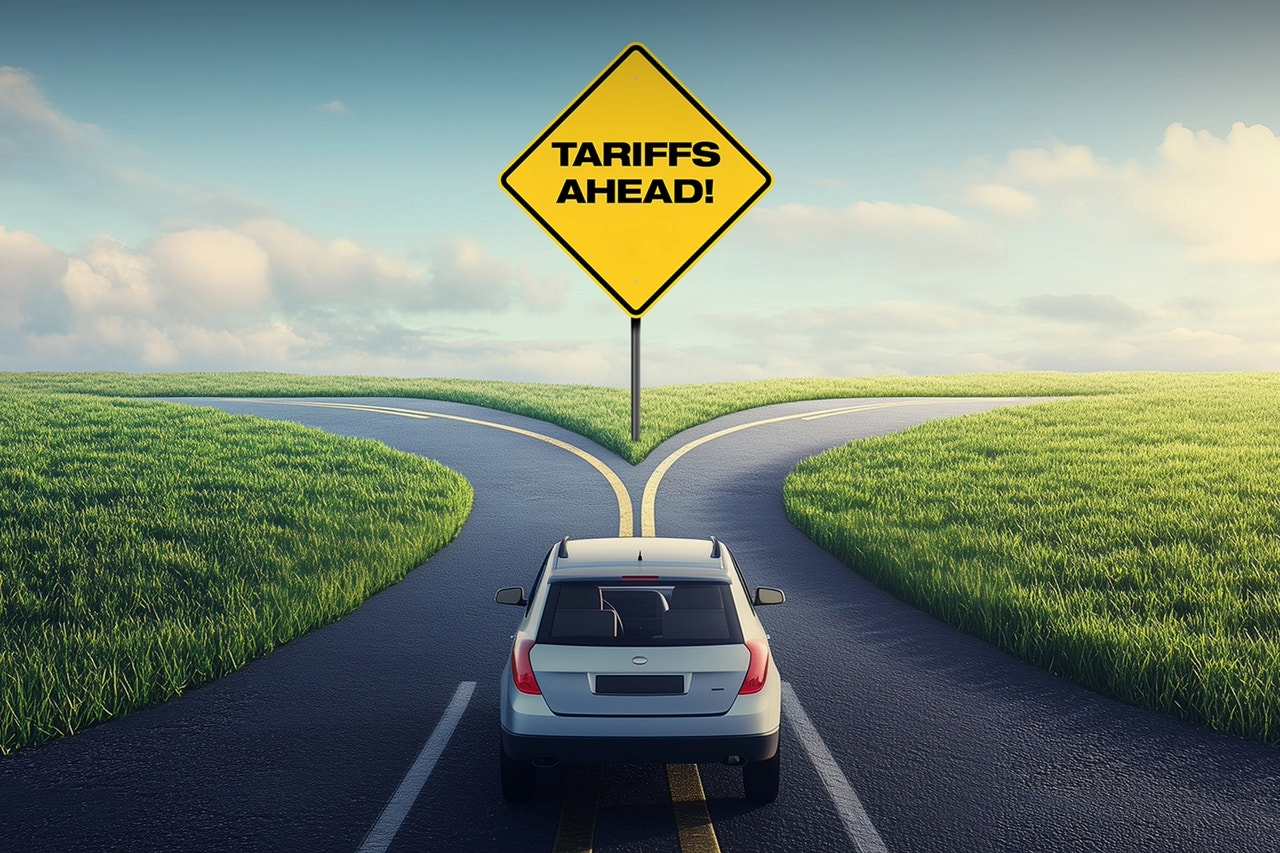Tariffs, Trade Tensions & You: How Tariffs Influence Automotive Consumer Behavior
In today’s globalized marketplace, the cost of a car isn’t just about steel, rubber, and electronics — it’s also about politics, policy, and cross-border tensions.
Whether it’s a luxury sedan or a mid-range pickup truck, tariffs have the power to reshape what consumers buy, when they buy, and where they buy it.
The Hidden Cost on the Sticker Price
Tariffs — or import duties — are taxes placed on foreign-made goods, often used to protect domestic industries or retaliate in trade disputes. But when they hit the automotive sector, the cost almost always trickles down to the end user — the car buyer.
A 25% tariff on imported vehicles, for example, can increase the price of a $40,000 SUV by as much as $10,000, especially when automakers pass those costs directly to consumers. The result? Buyers start rethinking their preferences🤔:
- “Maybe I’ll switch to a local brand.”
- “Maybe I’ll go for a smaller model.”
- “Maybe I’ll delay buying altogether.”
According to a study by the Center for Automotive Research (CAR), a blanket 25% tariff on foreign cars could result in over 2 million fewer car sales per year in the U.S. alone.
Shifting Brand Loyalty
Tariffs tend to cause loyalty shifts — not just between brands, but between domestic and international models. A buyer who once preferred a German luxury car may now explore American alternatives, or even second-hand models to avoid extra costs.
Dealerships, in turn, adapt their inventory — leaning into what’s tariff-safe, and stocking more vehicles that won’t trigger high import duties. This can also change what kind of vehicles dominate a market — sedans might give way to SUVs, or vice versa.
The Psychology of Uncertainty
Tariffs don’t just affect prices — they affect confidence. When consumers hear "trade war," they worry:
- “Will prices go up again?”
- “Will there be inventory shortages?”
- “Should I just wait another year?”
This uncertainty freezes spending — especially for big-ticket items like vehicles. In 2018, during the U.S.–China trade standoff, automotive consumer spending dipped significantly in anticipation of rising costs and tighter financial conditions.
What's Next for Industry & Consumers?
Auto manufacturers are learning to adapt. Some shift production to tariff-friendly countries. Others reconfigure supply chains, reduce component imports, or launch new “value” models to stay competitive.
But ultimately, the end-user — the consumer — is the one making the final decision.
Tariffs may not be visible on a car’s spec sheet, but they are felt in every financing plan, every dealership visit, and every purchase delay.
